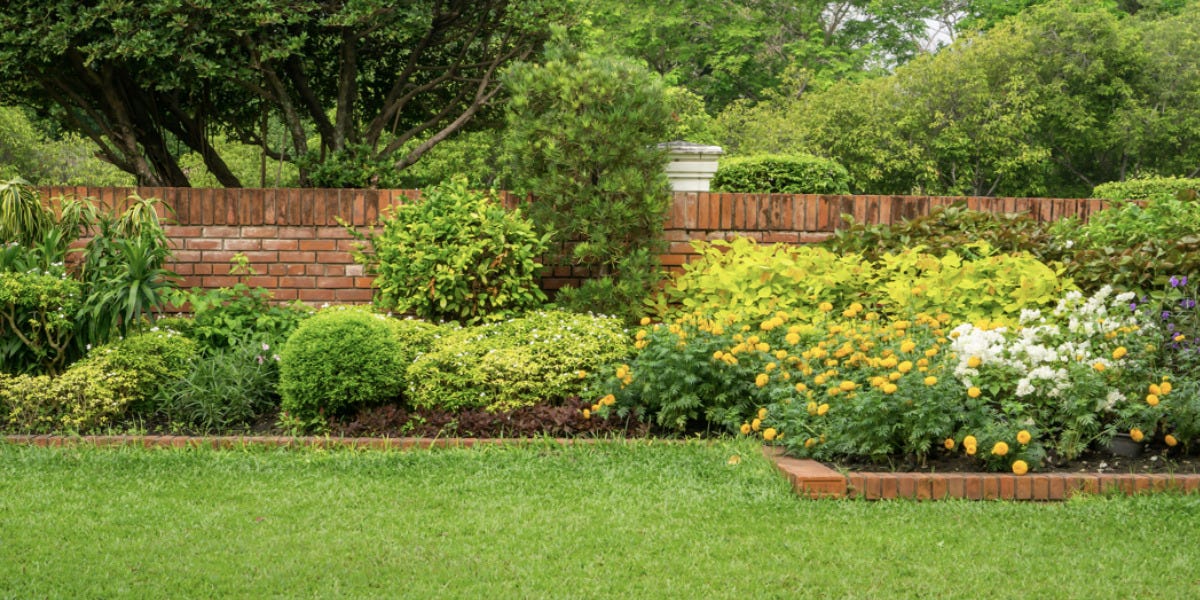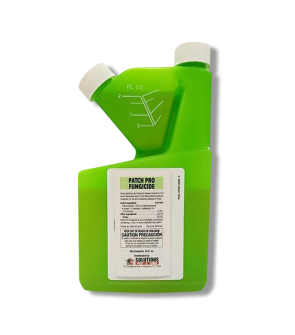Fungus & Diseases in Trees/Bushes
Most Effective Products
Common Fungus and Diseases in Trees and Bushes
From the tallest tree to the lowest bush, these foliages are important to any person. They provide oxygen, offer shelter to other animals, provide shade or food, and offer beauty to a yard. Though they seem sturdy, they are still living things that fall prey to fungi and diseases.
The most common tree and bush diseases are anthracnose, diplodia tip blight, leaf spot, powdery mildew, and rust. These harmful pathogens cause damage and death by changing the way affected tissue functions.
Once harmful fungi and diseases enter a tree or bush they begin to reproduce, killing cells as they go. So how can you best protect your trees and bushes on your lawn? This professional article walks you through common ways to identify diseases and fungus, how to tell if they are infected, and what you can do if they are present.
If you are not seeing a disease or fungus listed here then contact our customer service team by phone, email, or in-person at one of our store locations for professional advice on how to control the pathogen you are experiencing.
Identification

Anthracnose will grow in irregular spots colored a tan, brown, black, or yellow coloration.
 Leaf spots look like irregular shapes or circles colored brown, tan, or black. Smooth or fringed edges around these spots will show, which can be colored yellow, green, orangish-red, light tan, brown or black.
Leaf spots look like irregular shapes or circles colored brown, tan, or black. Smooth or fringed edges around these spots will show, which can be colored yellow, green, orangish-red, light tan, brown or black.
 Powdery mildew are often most recognized by their white powder spots or patches. These areas will also appear fuzzy in texture.
Powdery mildew are often most recognized by their white powder spots or patches. These areas will also appear fuzzy in texture.
 Rust looks like specks or spots that are orange, rusty brown, brownish, or red in color.
Rust looks like specks or spots that are orange, rusty brown, brownish, or red in color.
Inspection
 Anthracnose occurs on leaves, stems, and twigs of trees and bushes.
Anthracnose occurs on leaves, stems, and twigs of trees and bushes.
Leaf spots appear on the surface and base of leaves, and twigs of trees and bushes.
Powdery mildew develops on the upper and lower leaf surfaces, stems, shoot tips, flower buds, and flower blossoms of trees and bushes.
Rust grows on the underside of leaves, stems, and branches of trees and bushes.
Treatment
Step 1: Pruning
 Pruning is a first and important step against harmful fungus and disease growth in trees and bushes.
Pruning is a first and important step against harmful fungus and disease growth in trees and bushes.
When pruning is done against discolored, infested, or damaged tree and bush parts you help to reduce stress on foliage.
Thinning of foliage leaves and branches allows more air and light to reach inner parts of trees and bushes to decrease the likelihood of the disease spreading.
Step 2: Apply Fungicide
 Often the best way to treat tree and bush disease is to prevent and control outbreaks with a fungicide.
Often the best way to treat tree and bush disease is to prevent and control outbreaks with a fungicide.
Patch Pro Fungicide is a systemic fungicide that controls and prevents a broad spectrum of diseases on turf, trees, and other ornamentals.
To treat larger and elevated areas like trees, we recommend making applications with a hose-end sprayer or spray rig.
Determine the diameter of your tree trunk at diameter breast height (DBH). To do this, begin by measuring 4.5 feet above the ground level. Hold the ruler or tape measurer against the tree then wrap it around the complete middle of the tree at the DBH and record your findings.
Depending on the disease and application area, the rate will vary.
To control anthracnose in trees, use 10 ml of Patch Pro Fungicide in up to 1 liter of water per inch DBH. For trees less than 10 inches DBH, use 6 ml of product per inch DBH.
For all other diseases in landscapes, apply 6-24 fl. oz. of product per 100 gallons of water every 21 days.
Spray the top and bottom of foliage leaves to the point of drip.
Apply as needed, beginning when conditions are favorable for disease development.
Key Takeaways
What Are Common Tree and Bush Diseases
- Common tree and bush diseases and fungi are anthracnose, powdery mildew, leaf spot, and rust.
What Do Diseases Trees and Bushes Look Like
- Symptoms of diseased trees and bushes will depend on the fungi. Commonly they can look like unusual leaf colors, loss of leaves, misshapen leaves or stems, and stunted foliage growth.
How to Get Rid of Trees and Bushes
- First thing to do against trees and bushes diseases and fungi is to prune away affected plant parts then apply a fungicide like Patch Pro Fungicide.












































































































































































































































































































































































































































































































































